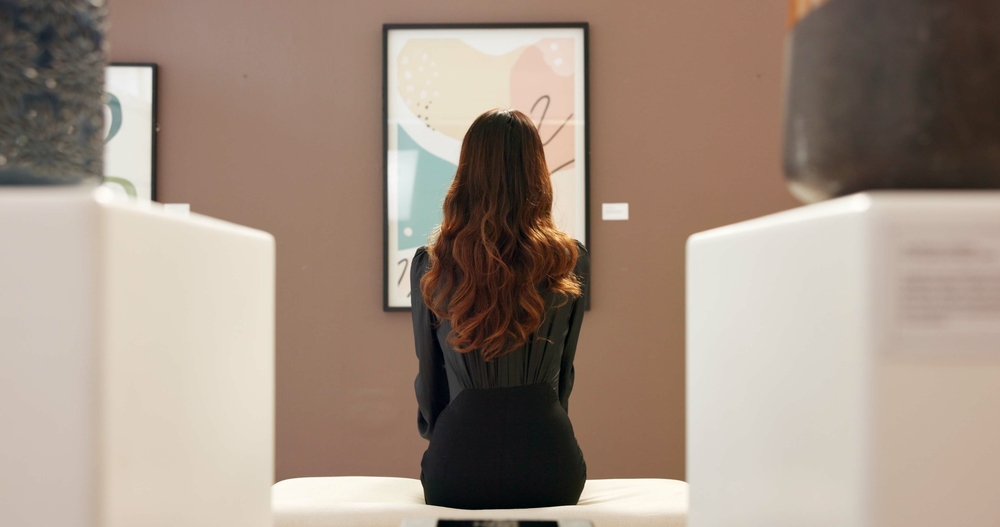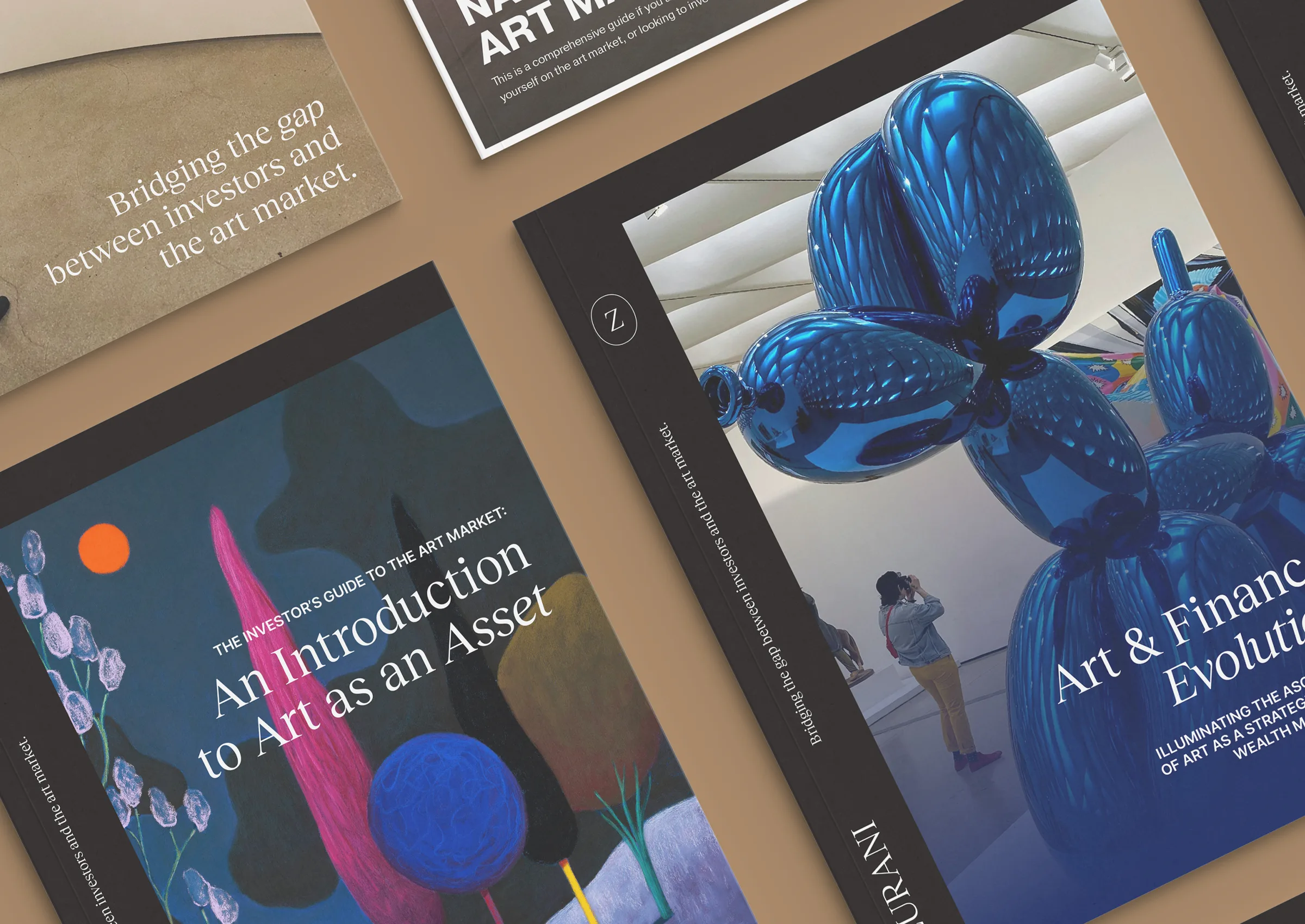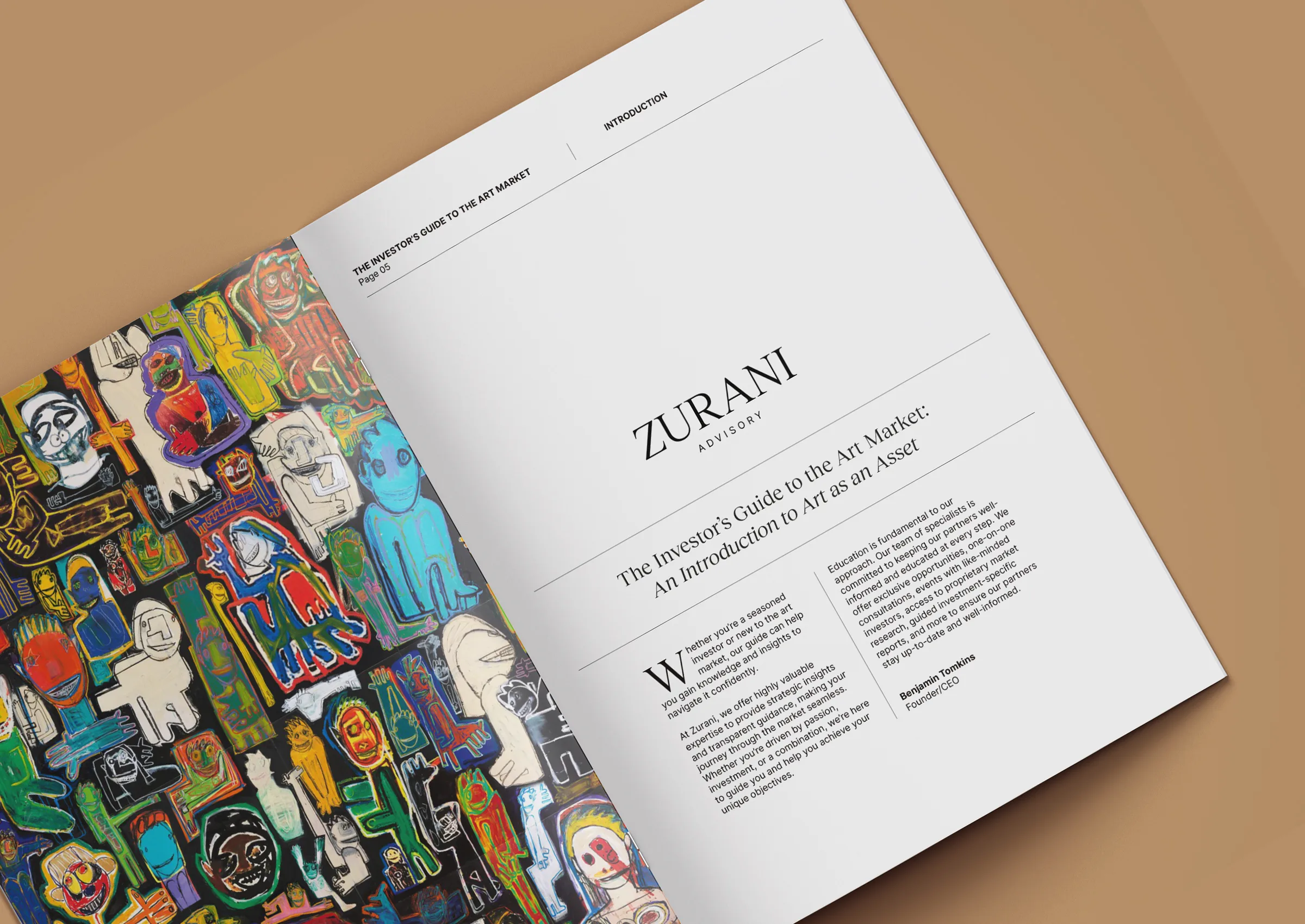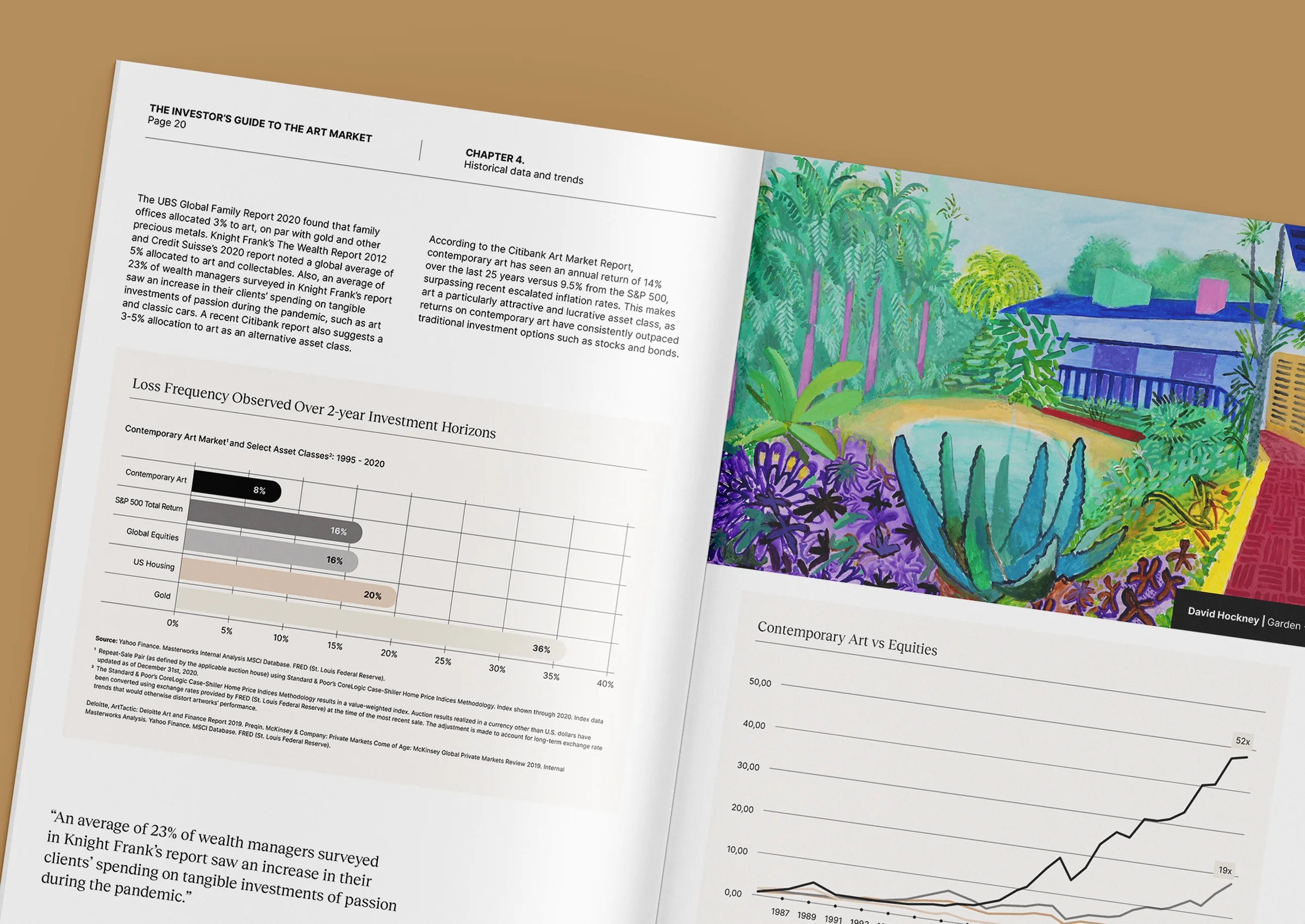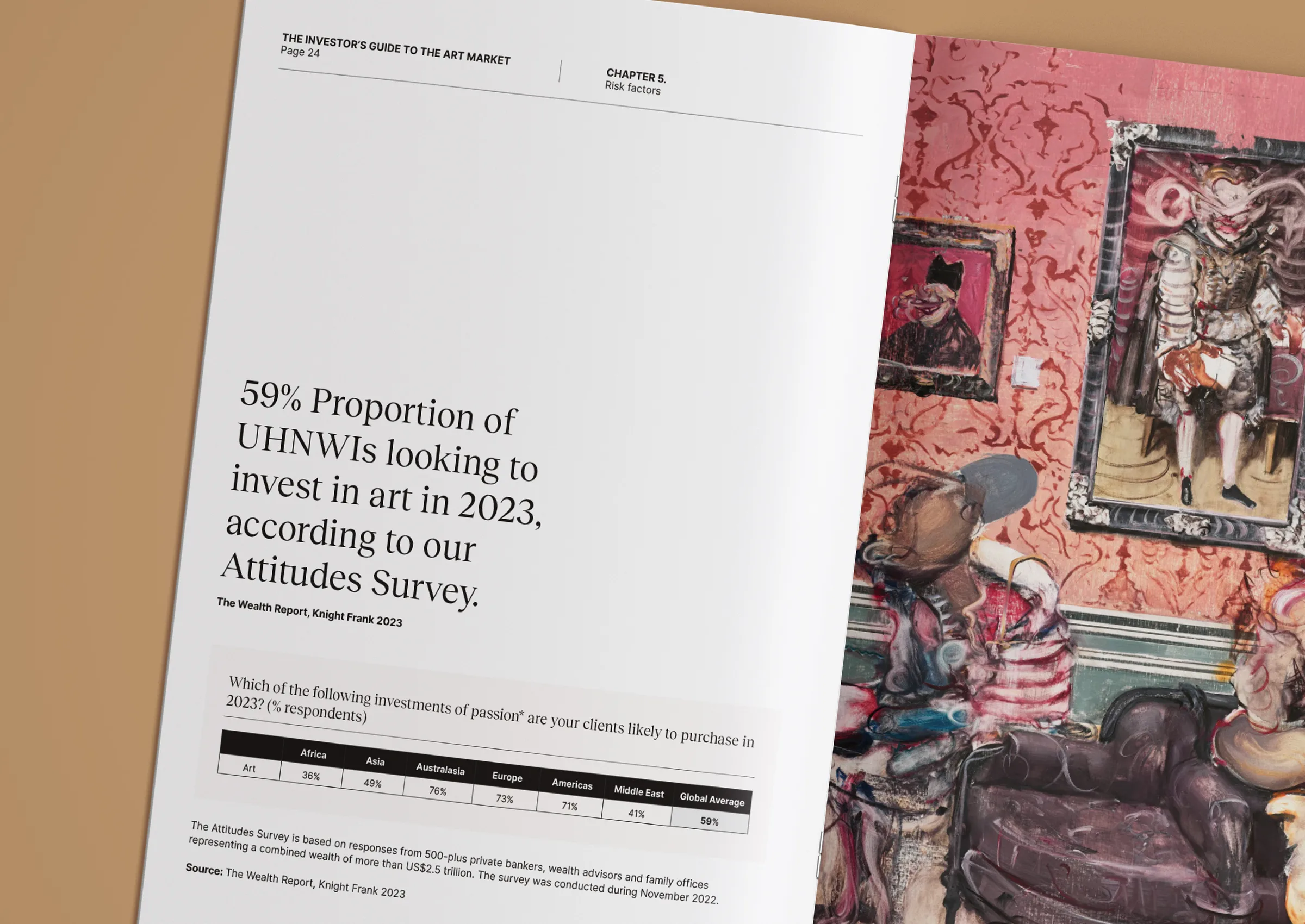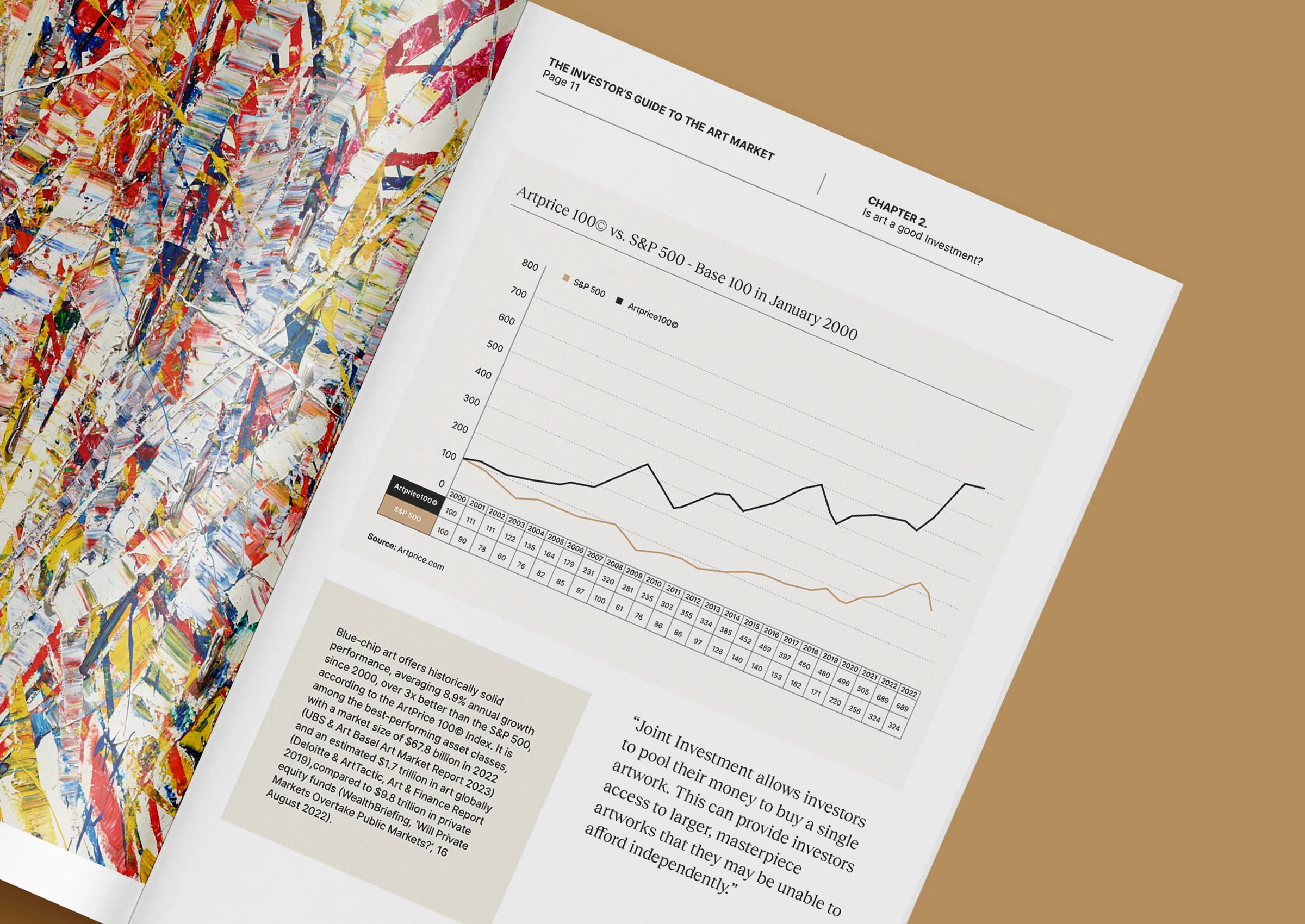What makes an artwork museum-worthy?
For most collectors, the decision to acquire a work is rooted in personal connection. But for those thinking long-term, about legacy, cultural influence, or philanthropic impact, another question often arises: Would a museum ever want to exhibit this?
Museum exposure doesn’t just elevate an artwork’s visibility. It strengthens its provenance, deepens its cultural significance, and situates it within the broader narrative of art history. For many collectors, seeing a piece from their private collection on a public wall is both an honour and a signal, a sign that their instincts align with curatorial vision.
But what exactly makes an artwork museum-worthy? It’s not just about fame, price, or name recognition. At Zurani, we help clients navigate this often opaque space with clarity. Here’s what collectors need to know about institutional relevance, and how to collect with it in mind.
Museums collect to tell stories, not follow markets
Unlike galleries or auction houses, museums do not collect for resale. They collect to preserve culture, challenge perspectives, and tell stories across generations. This means their criteria are fundamentally different and often move at a slower pace.
Curators typically look for works that expand or complete existing narratives within their collection, reflect under-recognised voices, or demonstrate conceptual and historical significance. Inclusion is about what endures, not just what sells.
Understanding these intentions can help collectors shift their own thinking. Rather than chasing market trends, it becomes more about finding resonance with themes, regions, ideas, or artists whose work has the potential to gain public recognition.
Provenance and public history carry weight
While museums are open to emerging talent, they often favour works with a traceable history. Provenance, the record of ownership, exhibition, and publication, adds both legitimacy and logistical ease. A work that has appeared in public shows, biennales, catalogues raisonnés, or major gallery programmes is more likely to catch curatorial attention.
This doesn’t mean a work must be famous to be museum-worthy. However, it does need to maintain its place in a broader cultural dialogue. At Zurani, we help clients assess a work’s public profile and build documentation where it’s missing to support future visibility.
Curating with clarity and intent
A private collection can become a compelling curatorial asset when it shows coherence. Institutions often gravitate toward collections with a strong point of view, whether that’s regional focus, thematic consistency, or sustained support for a particular movement.
Collectors who think institutionally tend to approach acquisitions with long-term clarity. They follow artists who are beginning to receive scholarly or institutional attention, support works that extend cultural narratives, and remain open to dialogue with curators and foundations.
That doesn’t mean limiting your taste. It means adding layers to it. Works that resonate emotionally remain the foundation, but placing them in a wider context elevates both their personal and public significance.
Why museum exposure strengthens value and legacy
When a museum exhibits a work from a private collection, it adds more than prestige. It signals cultural relevance. That inclusion becomes part of the artwork’s provenance and contributes to scholarly, market, and institutional interest.
But more than anything, it allows collectors to contribute meaningfully to public culture. That contribution can take many forms, from short-term loans to long-term donations, or even collaborative programming.
For family collectors and private institutions, this also becomes a way to pass on values. It helps the next generation see art not just as an asset, but as a living legacy. At Zurani, we support this shift by helping collectors shape narratives that speak across generations.
Shaping a collection with public relevance
Collecting with museum potential isn’t about replicating institutional models. It’s about engaging with them. Asking how a work fits into broader conversations. Being open to its life beyond private display.
The collectors who build the most enduring legacies are those who think beyond the frame. Who collects with a sense of dialogue. And who understands that cultural capital, like financial capital, grows when shared.
To shape a collection that carries cultural weight and curatorial relevance, speak to our team at +971 58 593 5523, email us at contact@zurani.com, or visit our website at www.zurani.com.
